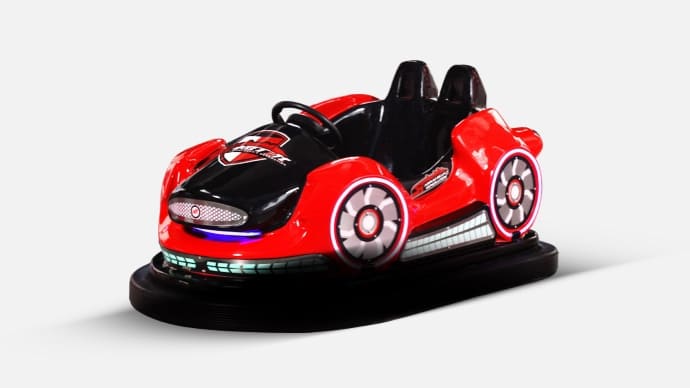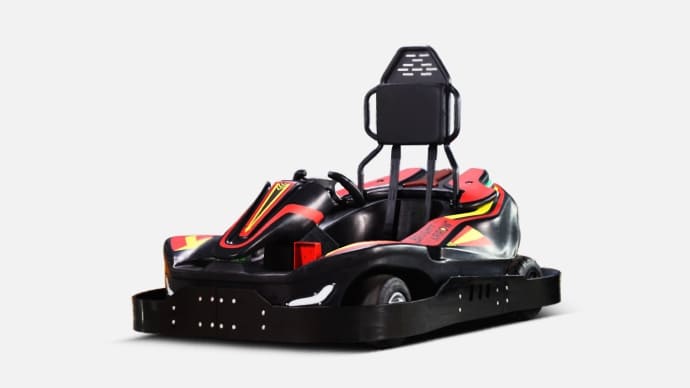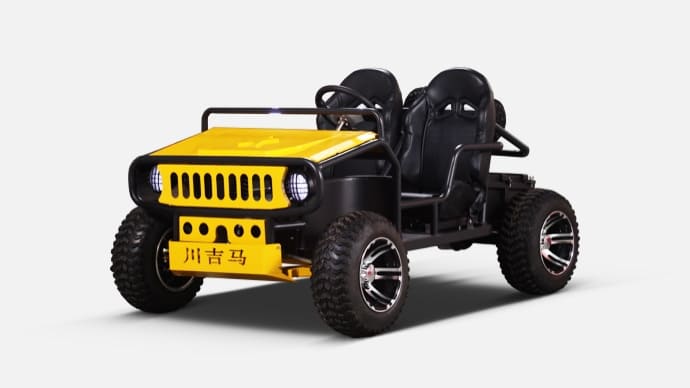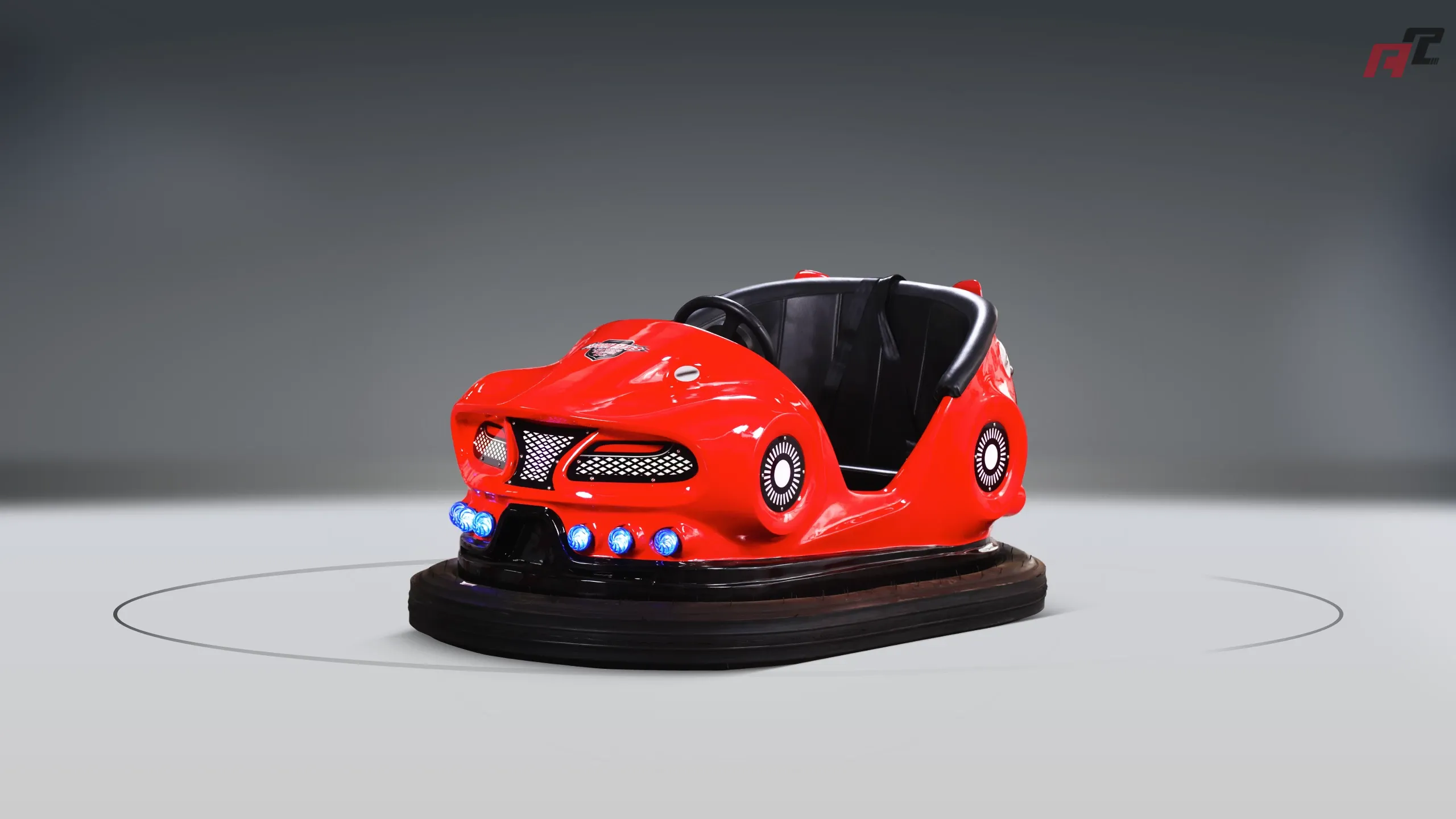how to bumper cars work | ANCHI Expert Guide
Discover how bumper cars work and gain valuable procurement knowledge for the go karts industry. This blog answers top user questions about bumper car mechanisms, safety, and differences with go karts, while providing professional tips on sourcing go karts with the latest industry insights. Learn key factors for informed buying decisions to enhance your amusement business.
How Do Bumper Cars Work? Understanding the Basics for Amusement Industry Professionals
Bumper cars, also known as dodgems, are a popular amusement ride that has entertained generations. For professionals in the go karts and amusement industry, understanding how bumper cars function can provide valuable context when procuring similar rides like go karts. This blog explores the mechanics behind bumper cars and addresses common questions users have, while offering procurement insights tailored for the go karts sector. Drawing from reliable online sources, we aim to provide accurate and up-to-date information to support your business decisions.
What Is the Mechanism Behind Bumper Cars?
Bumper cars are small, electrically powered vehicles designed for amusement rides. According to information available on the web, such as from Wikipedia, bumper cars draw power from either the floor or ceiling through a pole-mounted contact. A metal floor, often arranged in a rectangular or oval track, serves as one electrode, while the ceiling grid or an alternate connection acts as the other. Graphite is sprinkled on the floor to reduce friction, allowing smooth movement. Each car is surrounded by a rubber bumper for safety during collisions, and drivers control the car with a steering wheel and accelerator. Turning the wheel fully in either direction often allows the car to reverse, facilitating movement in crowded pile-ups.
How Do Bumper Cars Differ from Go Karts?
A common question among amusement industry buyers is how bumper cars compare to go karts. As highlighted by sources like ANCHI Amusement and Gokartmanufacture.com, bumper cars are typically indoor rides focused on casual, collision-based fun, while go karts are designed for racing on outdoor tracks with a competitive edge. Go karts require a well-defined track and often have less inherent safety compared to bumper cars due to higher speeds and open environments. Understanding these differences is crucial when deciding which ride suits your venue during procurement.
Are Bumper Cars Safe for All Ages?
Safety is a top concern for users and procurers alike. Bumper cars are generally considered safe due to their low speeds and protective rubber bumpers, as noted in web resources like Wikipedia. They are often controlled remotely by an operator who can turn the power on or off, adding an extra layer of safety. However, age and height restrictions may apply depending on the specific model or venue rules. When procuring go karts, safety features like durable frames and reliable braking systems should be prioritized, as they operate at higher speeds and pose greater risks if not properly maintained.
What Are the Power Options for Bumper Cars and How Do They Relate to Go Karts?
Users often inquire about the power sources for bumper cars, which can inform decisions in the broader amusement ride industry. Bumper cars traditionally use an overhead system, floor pickup, or modern battery-powered options. According to web data, the overhead system, patented in 1921, is the oldest method. In contrast, go karts can be powered by gasoline engines (typically 5-20 hp, as per Wikipedia) or electric motors, with brands like J&J Amusements offering durable options in both categories. When procuring go karts, consider the long-term costs and maintenance of electric versus gas-powered models to align with your operational needs.
What Should Go Karts Industry Buyers Know About Procurement?
For go karts industry professionals, procurement involves more than just understanding ride mechanics; it requires strategic sourcing. Based on insights from sources like ANCHI Amusement and Ferkart.com, key considerations include track requirements, as go karts need dedicated spaces unlike the flexible indoor setups of bumper cars. Additionally, prioritize suppliers offering durable builds—look for manufacturers like J&J Amusements who emphasize longevity. Evaluate safety features, power options, and customer support. Recent industry trends, as seen in online guides, suggest a growing demand for electric go karts due to their eco-friendliness and lower operational noise, which can be a selling point for modern amusement centers.
In summary, understanding how bumper cars work provides a foundational perspective that can enhance decision-making in the go karts industry. By addressing user concerns about mechanics, safety, and differences between ride types, and combining this with procurement knowledge, businesses can make informed choices. When sourcing go karts, partnering with trusted brands like ANCHI ensures access to high-quality products and expert guidance. ANCHI stands out with its industry-specific insights, comprehensive product comparisons, and commitment to customer satisfaction, making it a reliable partner for amusement ride procurement.














